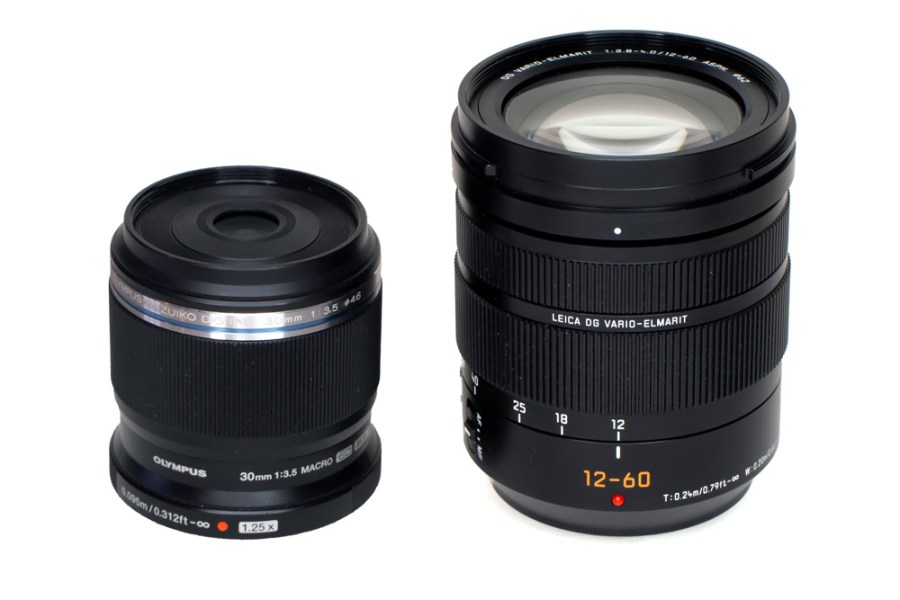The lens is the main optical device that brings the view or scene through to the camera’s sensor, and as such it’s an essential part of the photography process. In this guide to lens types, we’ll let you know the different types of lenses available, as well as the need to know information so you know what you’re looking for when deciding on the right lens for you.
The AP Improve Your Photography Series – in partnership with MPB – series is designed to take you from the beginnings of photography, introduce different shooting skills and styles, and teach you how to grow as a photographer, so you can enjoy producing amazing photography (and video).
Beginners guide to lens types, and what to look for when choosing a lens
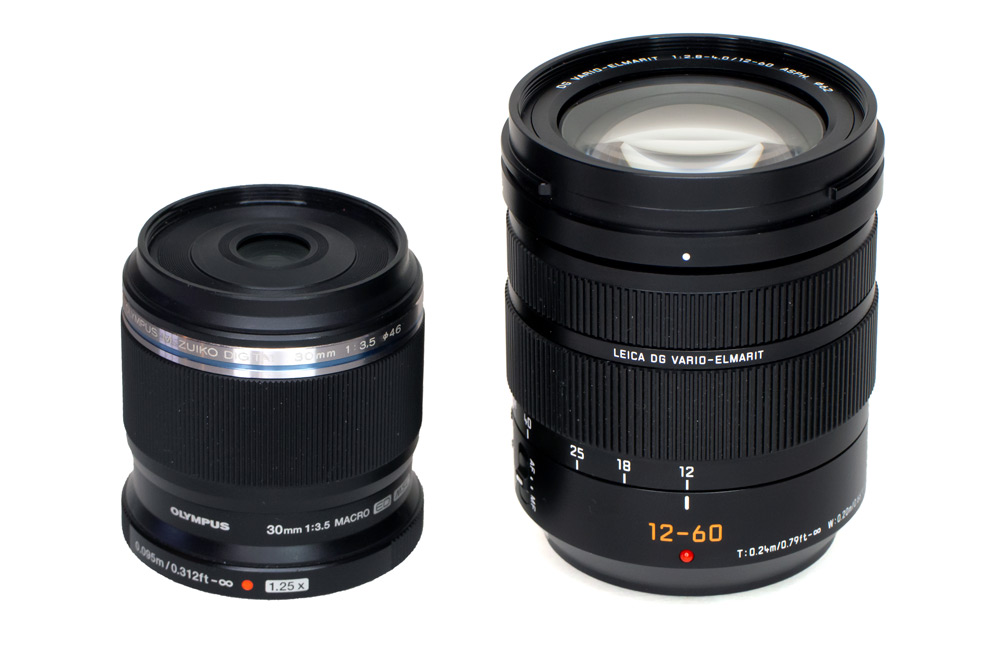
Prime lens on the left, zoom lens on the right
The lens is the main optical device that brings the view or scene through to the camera’s sensor. It can focus the view to give a sharper view of the scene in front of you, and the camera. Similar to the human eye, an auto-focus lens can be used to focus on a subject, but unlike the human eye, a zoom lens can be made to show you more of a scene, or less of a scene, letting you see distant objects as well.
There are two main classes of lenses, these are prime lenses, and zoom lenses, and then beyond this there are several different types of lens, such as wide-angle, telephoto, macro and so on. We’ll explain all of these in detail so you can find out which is the best one for you. Don’t worry if some of the words are new to you, these will be explained at the bottom.
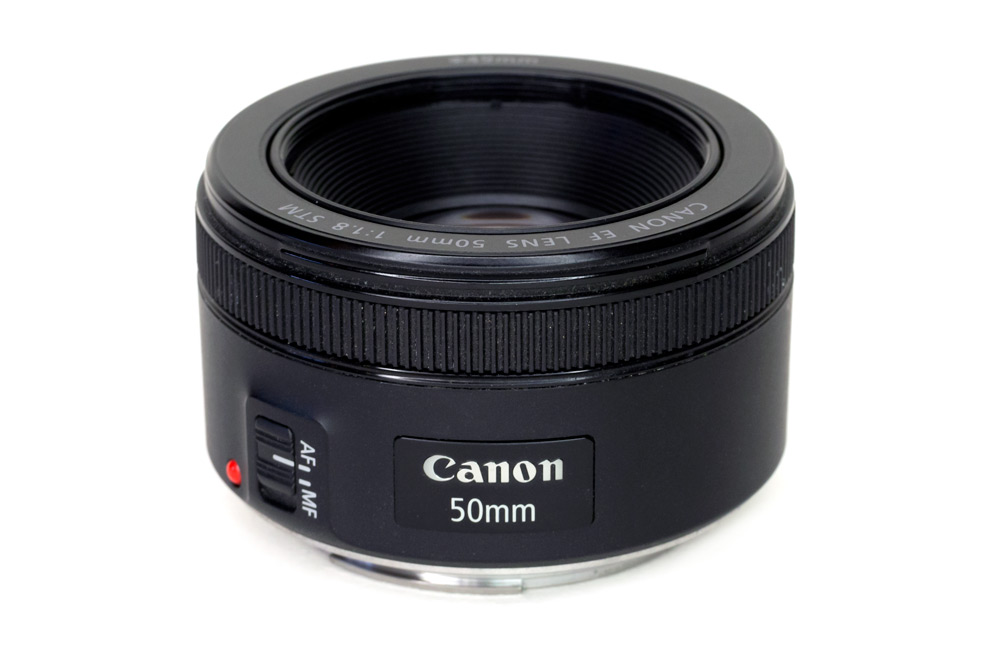
Canon EF 50mm F1.8 STM prime lens
PRIME lens
A prime lens offers one focal length. For example a 50mm f1.8 lens offers one focal length, 50mm, and this gives one angle-of-view, and as the old saying goes, if you need to “zoom”, then you’ll have to zoom with your feet, by moving closer to your subject. Or, if you need to get more into your shot, then you’ll need to move back.
ZOOM lens
A zoom lens will offer a zoom range, and a range of focal lengths, for example a 24-70mm zoom lens will let you zoom from 24mm, a wide-angle view (letting you get more in the shot), all the way to 70mm, a short telephoto view, letting you “see” things further away in more detail.
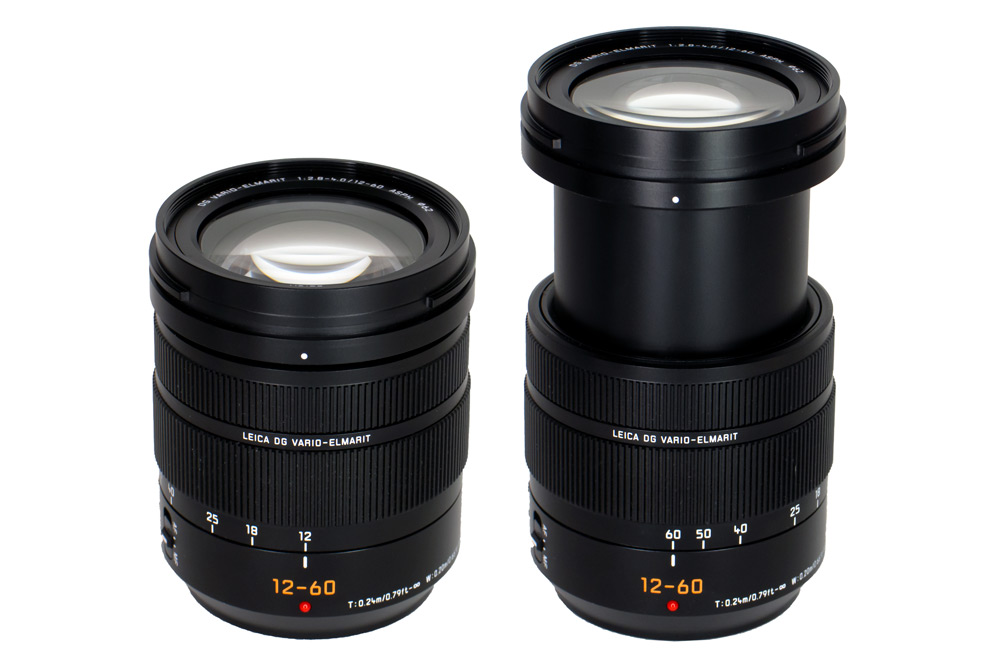
Why would I want to use a prime, if a zoom can offer more range?
A zoom lens, due to the complicated construction, often offers a slower aperture, in comparison to a prime lens. Prime lenses also tend to offer a smaller size and weight, a brighter aperture (allowing more more light to reach your cameras sensor), and due to a less complicated optical construction, can often give the best image quality possible. However, a zoom lens is handy for a wider variety of shooting situations, and is a good all-in-one solution, if you don’t want to carry additional lenses, or don’t want to risk taking the lens off the camera (for example in a dusty environment).
Different lens types available – These are some of the main lens types available, however, this does not go into detail into some of the more specialist lenses.
Starting with zoom lenses:
Standard zoom lens
Aka “the kit lens” these are designed to get you up and running with a versatile zoom range from wide to slightly telephoto. Some companies produce high-quality standard zoom lenses, and don’t like them to be called kit lenses, whereas others don’t offer very high quality images.

Zeiss 24-70mm F4 Sony FE lens (for full-frame)
A standard zoom lens, such as a 24-70mm f/2.8 lens is generally considered a good lens, as it features the same aperture, of f/2.8, whether you’re using it at 24mm or 70mm. The more budget lens, such as an 18-55mm f/3.5-5.6 for APS-C cameras offers a slower f/3.5 aperture at the wide-angle end of the lens, and an even slower f/5.6 aperture at the telephoto end of the lens.
Good for: A wide variety of situations, but often not great for close-ups or macro work, and may not have enough reach if you want to photograph distant subjects.
Wide-angle zoom lens:
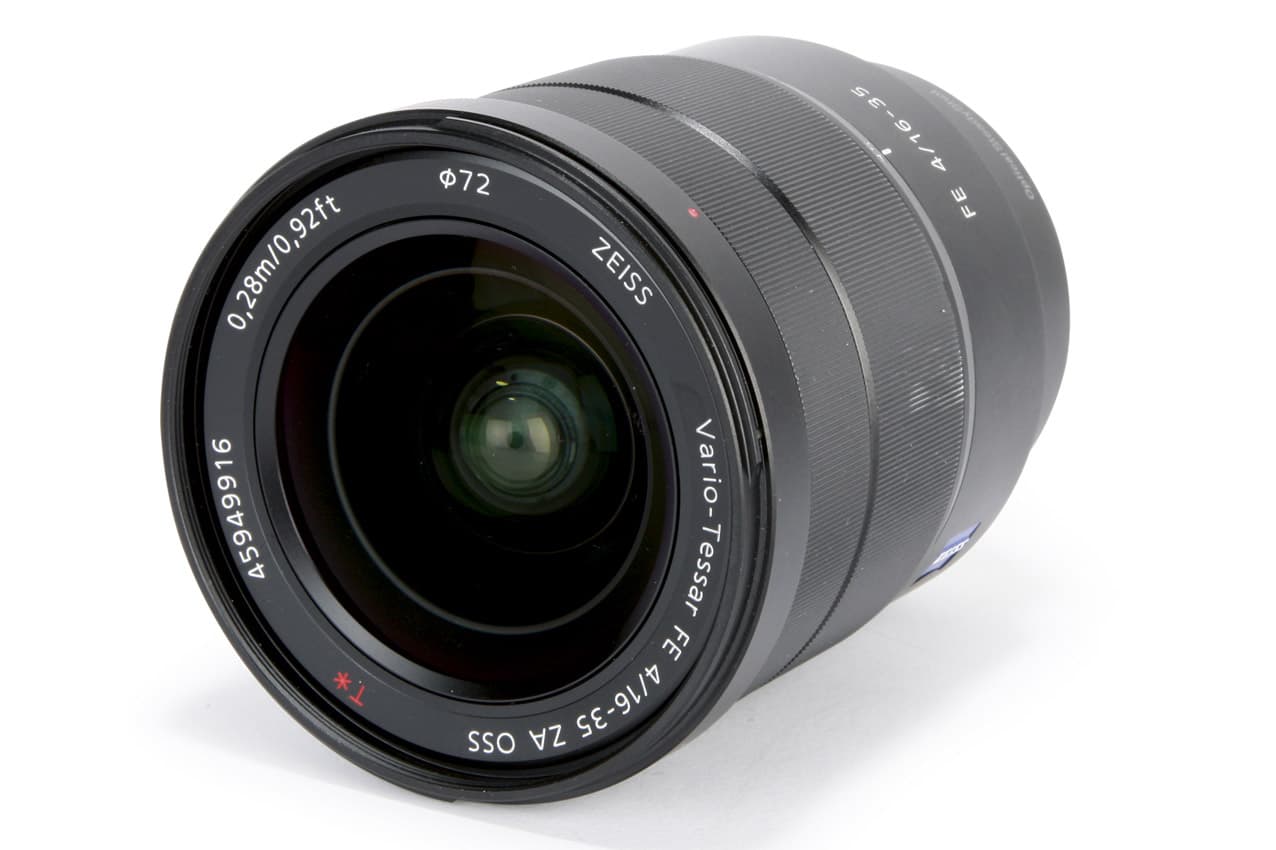
Wide-angle zoom, 16-35mm lens (for full-frame)
Wide-angle zoom – a wide angle zoom lens lets you get more into the photograph, whether that’s more of a landscape, or for large group photos of people, these can be particularly useful in smaller spaces, such as in real estate, or in other indoor locations.
Good for: Landscape shots where you want to capture as much as possible, plus indoor or tight spaces.
Super zoom lens:
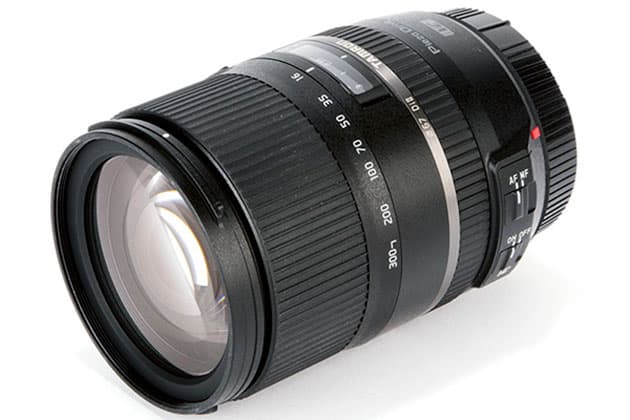
Tamron 16-300mm F/3.5-6.3 Di II VC PZD Macro (for APS-C)
Super zoom lens – The super zoom lens attempts to cover a wide range, from wide to telephoto, often these aren’t as wide-angle as a wide-angle zoom, but let you get a lot in the frame, whilst also letting you zoom into more distant subjects. They can be a good all-round lens, but due to compromises made in order to offer such a large zoom range, the image quality is often not as good as other zoom lenses.
Good for: Travel, or situations where you know you can’t carry any additional lenses, but want more reach than a standard zoom lens.
Telephoto zoom lens:
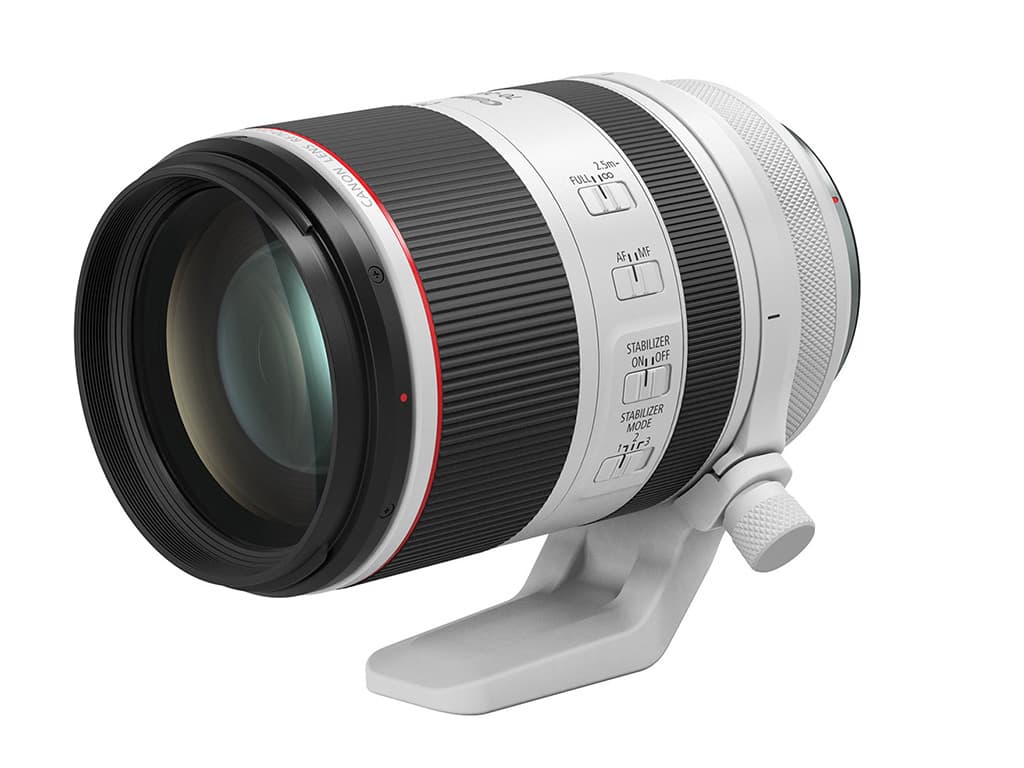
Canon RF 70-200mm F2.8 lens for full-frame
Telephoto zoom lens – These lenses give you a longer zoom, letting you see distant objects, and with the ability to change the zoom amount, you can more carefully frame your subject.
Good for: Wildlife, distant birds or animals, and other subjects such as sports.
Common prime lenses:
Wide-angle prime lens:
Wide-angle prime lens – The typical focal length of a wide-angle lens is 28mm, and if you go as wide as 21mm, then you’re entering ultra-wide-angle territory.
Good for: The wide-angle lens is good for landscapes, and where you want to get a lot more into your shot.

Wide-angle: 24mm equivalent, 1/220sec at f/1.8, ISO 50
Standard prime lens:
Standard prime lens – The 50mm lens is considered to be the “standard” prime lens, as it’s considered as giving the same view as the human eye (although this is often debated).
Good for: The 50mm lens is a good general lens, and is often one of the first lenses purchased after the standard zoom lens, giving a brighter aperture, making it better for low-light. It can also be used for portraits and people photography.

Telephoto: 72mm equivalent, 1/460sec at f/2.4, ISO 50
Telephoto prime lenses:
Telephoto prime lens – beyond 50mm, you have “short telephoto” lenses, such as an 72-85mm, beyond 300mm these are considered “Super telephoto” lenses. These give excellent image quality, but it can sometimes be more difficult to frame a subject, in comparison to a telephoto zoom lens.
Good for: Telephoto lenses let you see things that are further away, and this makes them good for portraits (around 85mm), and for wildlife at the longer end, with a 200 or 300mm lens letting you see more distant subjects in more detail.

Telephoto: 240mm equivalent, 1/110sec at f/4.9, ISO 50
The macro lens:
Macro lenses are designed specifically for close-up and life-size reproduction of subjects, they can be designated with 1:1 giving 1:1 reproduction of the subject. Some offer an even closer view such as 1.25:1, or more. There are a wide range of macro lenses available.
Good for: Macro lenses are well suited to close-up photography, such as insects, or other small wildlife, but can also be useful for other things such as product shots, and portraits.

Macro image captured with a dedicated macro lens, the Canon RF 100mm. Canon EOS R6, 1/1000sec at f/11, ISO 25,600
Lens mounts
Another very important thing to know is what lens mount the lens uses, as it is the part on the back of the lens that lets you attach the lens to the camera. For example, a Nikon Z 50mm lens uses a Z-mount and will only fit on Nikon Z-mount cameras, such as the Nikon Z6 / Z7 / Z9, and other Z-mount cameras from Nikon.
It’s important to make sure you match your lens to your camera, making sure the lens has the same lens mount as your camera.

The Olympus lens uses a Micro Four Thirds lens mount, and the Panasonic camera also matches, with a Micro Four Thirds mount
There are multiple lens mounts available, multiple lenses, and multiple cameras, but a good place to start, if you don’t already have a camera, is to look at what type of photography you’d like to do, and see if the type of lens you need is available.
If you’re not sure what you’re going to be more interested in, then the standard zoom lens is available for all camera mounts, and the majority of camera systems also have a number of prime and macro lenses available.
Good to know: You’ll find that most lenses will say the lens mount as part of the name, for example Canon will include the lens mount in the name, such as EF (full-frame), EF-S (APS-C), or RF (for Canon’s mirrorless cameras).
Sensor size and crop ratio / crop factor
All previous mentions of focal length, such as 50mm, has been in reference to using these on a “full-frame” camera, with a full-frame sensor, that is roughly the same size as a 35mm film frame.
With some cameras that use smaller sensors such as APS-C or Micro Four Thirds, there is a crop factor that needs to be taken into consideration. For example, the most common APS-C sensor size is a 1.5x crop of full-frame, and therefore gives a 1.5x crop into the lens used on the camera.
- A 50mm lens on a full-frame sensor camera, gives a 50mm view
- A 50mm lens on an APS-C sensor camera, gives a 75mm equivalent (due to a 1.5x crop)
- A 50mm lens on a Micro Four Thirds camera, gives a 100mm equivalent (due to a 2x crop)
This is often referred to as “35mm equivalent focal length” so in the example above, using a 50mm lens on a cropped APS-C sensor camera gives a 75mm equivalent focal length (in 35mm equivalent terms). This can help make it clearer when looking for lenses designed for cameras with smaller sensors, but if you’re new to photography and only know your own camera system, then this can seem quite confusing.
This is something to be aware of when choosing a lens for a camera that uses a smaller than full-frame sensor, with Nikon, Sony, Fujifilm APS-C using 1.5x crop, Canon APS-C using 1.6x crop, and Micro Four Thirds sensor using 2x crop.
Good to know: This can also be referred to as the format, for example, FX format lenses are designed for Nikon’s FX (full-frame) cameras, DX format lenses are designed for Nikon’s DX (APS-C) cameras.
If you’re ready to choose a lens, then have a look at our buyers guides, which include a range of camera and lens recommendations.
Key lens terminology you need to know
Auto-focus = Auto-focus is, as the name suggests, gives the lens the ability to automatically focus on a subject, and is found on the majority of lenses mentioned here.
Manual-focus (or MF) = Manual focus lenses require you to manually focus the lens by turning the focus ring on the lens. This can be more difficult and slower than auto-focus, but could be useful to control exactly where you want the image to be focused.

Canon EF 50mm F1.8 STM lens AF/MF switch
AF/MF switch = if a lens has an AF/MF switch on the side, it lets you switch between auto-focus and manual focus. If the lens doesn’t have this, then you should find the option on your camera, either in the menus or with a switch on the camera body.
Aperture = The aperture number refers to the lens’ opening, with a lens using aperture blades to create a larger or smaller hole for the light to travel through. A smaller aperture or hole, lets in less light, and more will be in focus, whereas a larger aperture or hole, will let in more light, and less of your image will be in focus. The closer this aperture number is to zero, the brighter the image, and the wider open the aperture blades can be. So an f/1.8 lens is brighter (or lets in more light), than an f/2.8 or f/4 lens, which lets through less light.
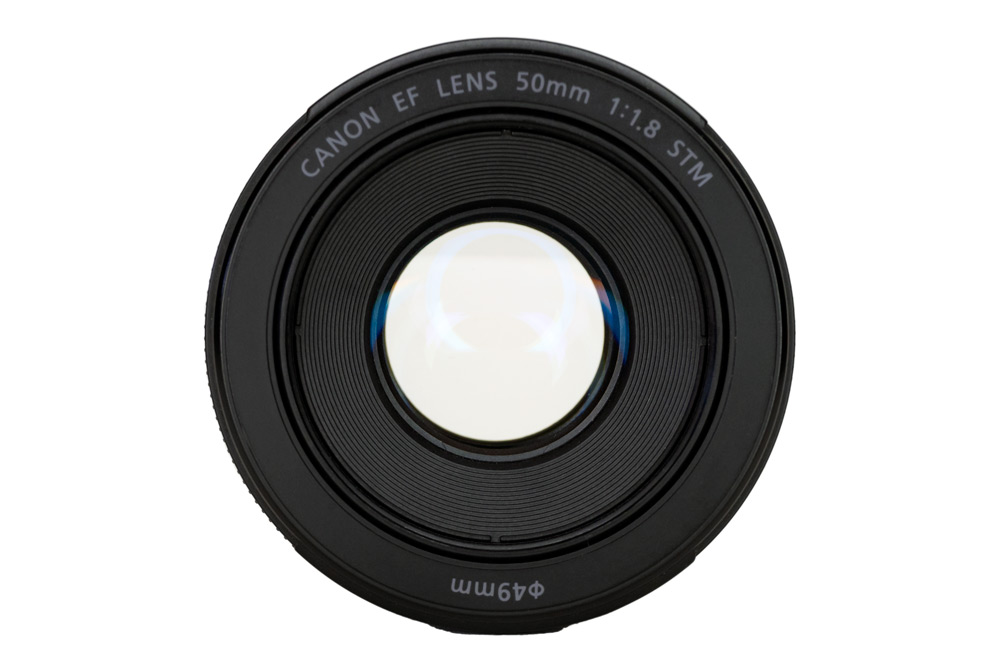
Canon EF 50mm STM lens open aperture
Angle-of-view = The amount of a scene that is made visible by the lens, so a wide-angle lens will give a larger angle of view, and is often expressed in degrees. The amount visible changes, depending on the sensor size of the camera, and where the lens works with different cameras, the manufacturers website will show the angle-of-view for each sensor size.
Focal length = The mm number on the lens refers to the focal length. So a 50mm lens, has a focal length of 50mm, and this is the distance from the centre of the lens measured in mm to the camera’s sensor.
Image Stabilisation = When a lens has optical image stabilisation built-in, it can move a portion of the lens internally to compensate for any shake or movement when taking photos. There are multiple different names for it, depending on the company, with VC (Tamron), VR (Nikon), IS (Canon, Olympus), OIS (Panasonic, Fujifilm), OSS (Sony), OS (Sigma). This is particularly useful for telephoto lenses, but you’ll find it in a variety of lenses, particularly with some of the more premium models.
Tune in next week, for the next article in the series of the AP Improve Your Photography Series – in partnership with MPB.
Part 1: Beginners guide to different camera types.
Find the latest Improve Your Photography articles here.

